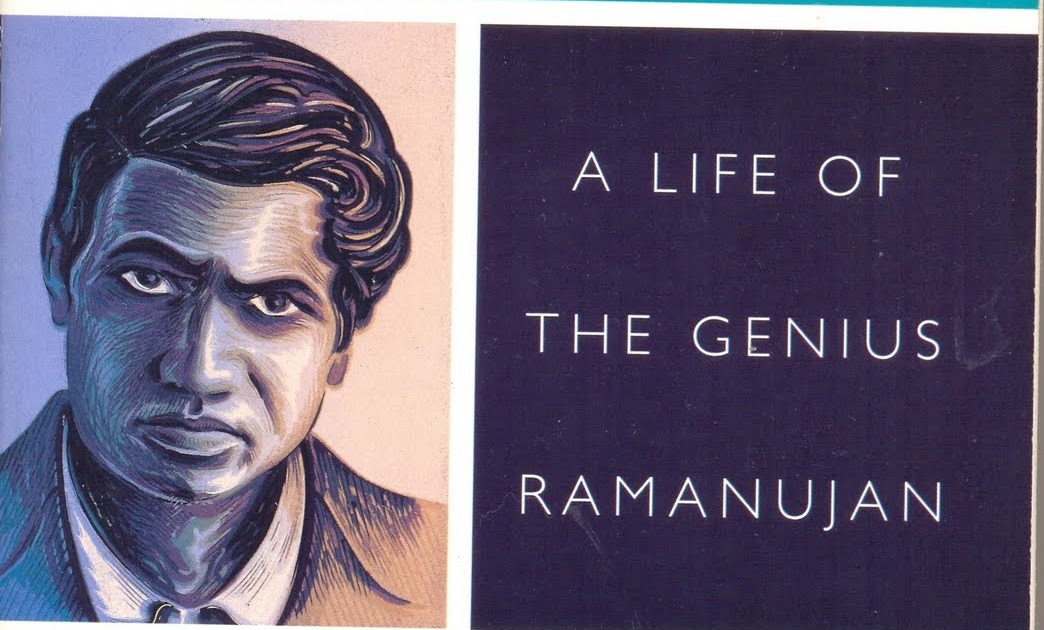
How Ramanujan Became a Fellow of Royal Society On This Day a Century Ago
- News
- 5.8K
Today marks the centenary of Ramanujan’s election as a Fellow of Royal Society, the world’s oldest and most respected scientific society. Here is how the story unfolded in the early twentieth century.
Immersed in thoughts, unaware of the surroundings, Professor G H Hardy was taking a stroll along the Piccadilly Circus in London. It was in 1936 – sixteen years since the death of Srinivasa Ramanujan, Indian mathematical prodigy. In a flash of a second, perhaps directed by the subconscious mind, Hardy hurriedly jumped on to the road, oblivious of a speeding motorcycle. He was hit, dragged along and superficially bruised.
Police arrived and took Hardy to Scotland Yard to record his statement. Having admitted his mistake, absolving the motorcyclist, Hardy was about to leave the station.
A police messenger arrived “Sir, are you, Professor Hardy?”
“Yes, I am”
“You are Professor of Mathematics at Cambridge?”
Perplexed, Hardy said: “Yes, indeed”
“Sir, please come this way. My superior officer would like to have a word with you.”
Bewildered, Hardy accompanied the policeman and entered the room of the officer. “Professor Hardy, I have been waiting to see you for many years. In fact, I have waited for this occasion for seventeen years to be precise,” said the officer.
Hardy was dumbstruck. Was he a student of his or a parent of one of his students. He could not quite place him.
The police officer continued, “you know, we have evidence in our files to arrest you for making a false statement to Police.” This gave Hardy a jolt. He was not only confused but also scared. Meekly he said, “I am a professor of mathematics at Cambridge. I committed no crime. Perhaps you have mistaken me for someone else.”
The policeman chuckled: “do you remember, Professor Hardy, in February 1918 we had arrested an Indian mathematician for an attempted suicide. He was about to commit suicide by falling before the train in an underground tube. I was in charge of the case then. You arrived to give evidence”
That opened the floodgates of his memories. That was many years ago when Ramanujan was suffering from depression. Although productive in his mathematical discoveries, Ramanujan was ill and was not eating much. Dejected Ramanujan had tried to jump before an underground suburban train. Fortuitously the driver could hit the break-in time that Ramanujan escaped with some injuries.
It was around that time that Hardy had proposed the name of Ramanujan to be elected as the Fellow of the prestigious Royal Society, first-ever Indian scientist that too at a very young age of 30. The proposal was to be taken up for consideration at an upcoming meeting of the society. Some members were averse to an Indian being elected and there were already murmurs of protest.
Fearing that if the society members come to know of the attempted suicide, some of them may suspect lunacy and block his election, Hardy had lied knowingly. He had told the inspector that Ramanujan was a Fellow of the Royal Society (though he was not till then) and that Fellows of the Royal Society cannot be arrested without the permission of the Crown even though there was no such immunity.
The police officer continued “we released him and you left thinking that you had bluffed us. But that was not the case. We had inquired and found that the man whom we had arrested was indeed a reputed and great mathematician and held lots of promise. We also knew that he had not then been elected the fellow of the Royal Society nor was there was any prerogative of Fellows against being arrested. I was waiting for an occasion to tell you that we were not fooled, but we at Scotland Yard did not wish to spoil that Indian mathematician’s career.”
It was just a few weeks after the incident – on 28 February 1918 – Ramanujan, just 31, became the youngest Fellow in the history of the Royal Society. Way back in 1841, Ardaseer Cursetjee, a shipbuilder, and an engineer was the first Indian to be elected to the Royal Society and Ramanujan became the second.
There is also a saas-bahu twist to Ramanujan’s tale. When he returned to India in 1919, he was miffed at Janaki, his wife. Ramanujan rebuked her, “I wrote so many letters, at times once every week, but you chose not to reply even once”. Mystified, sobbing Janaki told him that she was writing letters frequently even when none were received from Ramanujan. She was handing over letters to her mother-in-law for posting, as she had no money for even postage.
Both of them then realized the dirty game played by the mother-in-law in hiding letters from each other. Many years later, Dr. S Chandrasekar recounted his conversation with Janaki Ammal, who apprehended that longing for loving words from his wife perhaps was one of the contributory factors for Ramanujan’s depression which led to him to attempt suicide.
The food and climate in England did not suit Ramanujan. He fell ill and had to return to India. Ramanujan could not recover from the mysterious diseases he had contracted and died at the prime age of 32 on 26 April 1920.
This year is the centenary of Ramanujan’s election to the Royal Society and to mark this event the Royal Society is organizing a gala event during October 15-16, 2018 in London.
The event Srinivasa Ramanujan: in celebration of the centenary of his election as FRS, would be addressed by Professor Ken Ono, Professor George E. Andrews, Professor Manjul Bhargava and Professor R. C. Vaughan FRS who would speak on Ramanujan’s mathematics and its extraordinary legacy across many fields ranging from computer science, electrical engineering, mathematics and physics. (India Science Wire)
By Dr. T V Venkateswaran
Book: The Man Who Knew Infinity: A Life of the Genius Ramanujan
For the latest Science, Tech news and conversations, follow Research Stash on Twitter, Facebook, and subscribe to our YouTube channel


